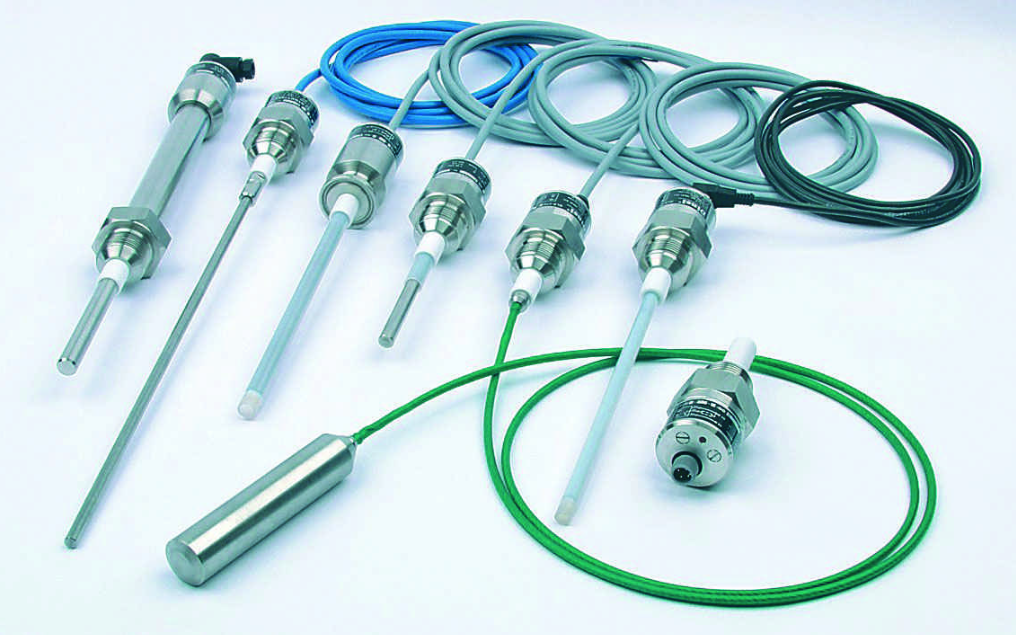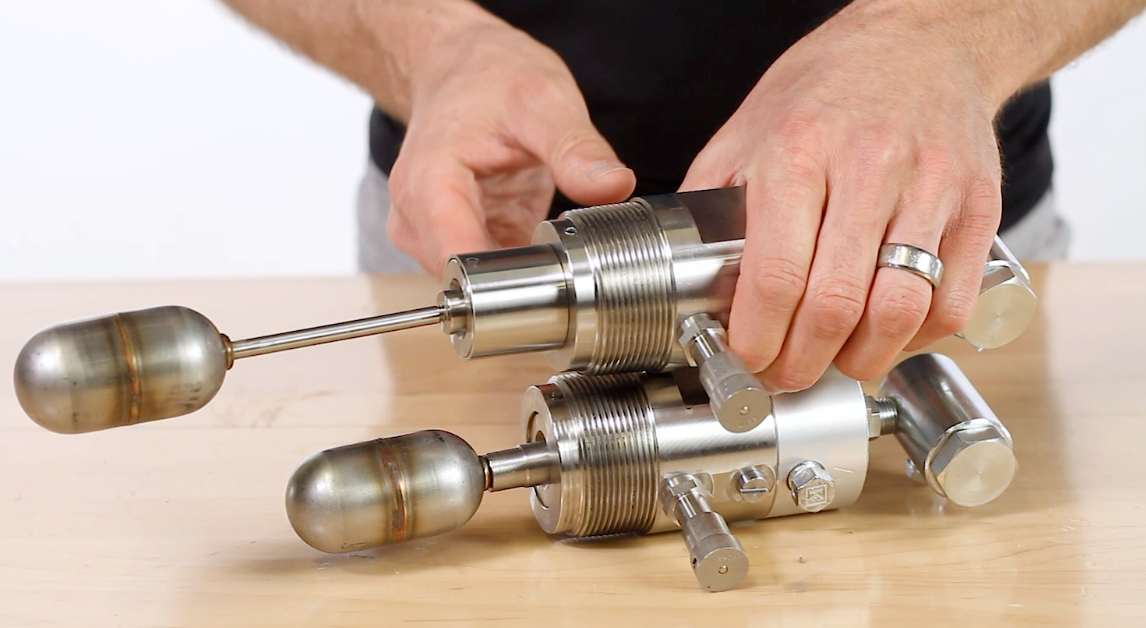A level switch is a mechanical device used to indicate the liquid level in a container. It works by using a float that rises and falls with the liquid level.
These switches are sensors with an electrical contact output at a specific liquid level. With their compact design, the switches install easily in small tanks. With no moving internal parts, the switches are rugged and have a long service life.
This article will provide a complete overview of how level switches work and the types of switches.
How Level Switches Work:
Float-level switches use small force to move a lever or arm when an object moves up and down within its range. The movement of this lever causes an electrical contact to close or open as it moves, which allows current flow through the device.
Types of level switches:
There are two types of level switches;
1. Float level switches:
Float level switches use a float mechanism to indicate when the liquid reaches a certain height. This float mechanism consists of a magnet attached to an armature connected to a set of contacts. When there is enough liquid present in the container to raise the float above its initial position, current flows through one set of contacts while simultaneously grounding another set.
2. Differential pressure level switches:
Differential pressure level switches detect the level of liquid in a container. They have been adapted from industrial-level switches and are typically used in the food and beverage industry. These switches can detect high and low levels, but they do not have an adjustable range, so you’ll need to use multiple switches if there are multiple level switches for liquids you need to measure.
Materials used to make level switches:
The materials used to make level switches will depend on the application. For example, if you are making a float level switch in a residential setting, you can use polyvinyl chloride (PVC) or polypropylene (PP) for the float. If you are making a differential pressure level switch in an industrial setting, you may want to use stainless steel or aluminium for the diaphragm.
Conclusion:
There are many different types of level switches available on the market. Each one is designed to work with a specific type of liquid. The level switch can be used to measure the level of liquid in a tank, a pool, or any other type of container.


